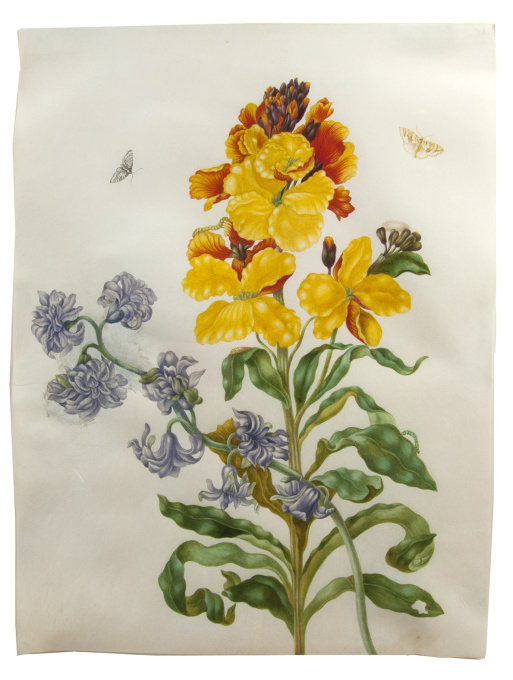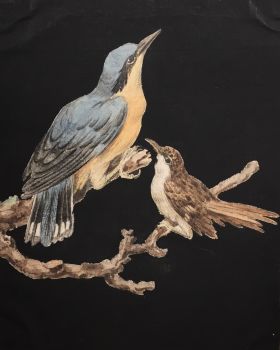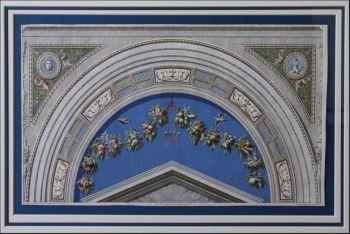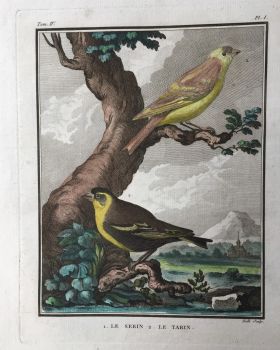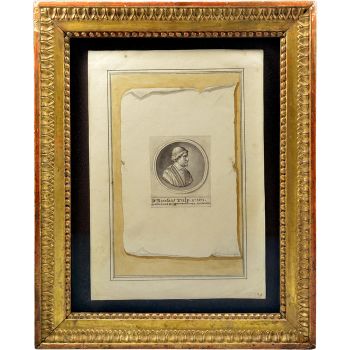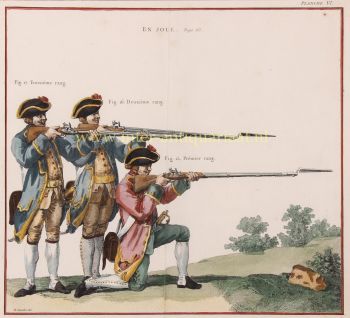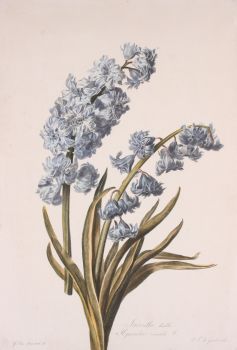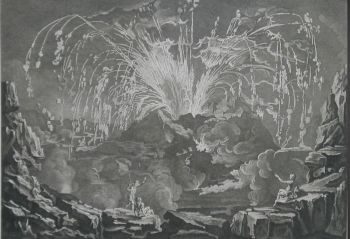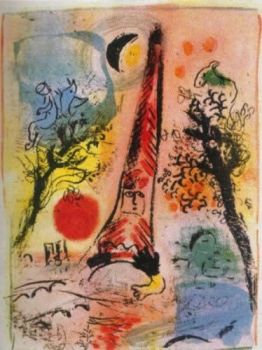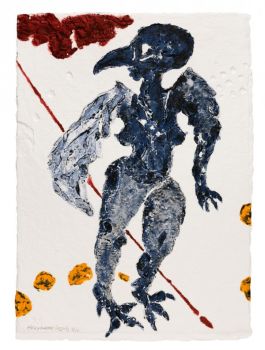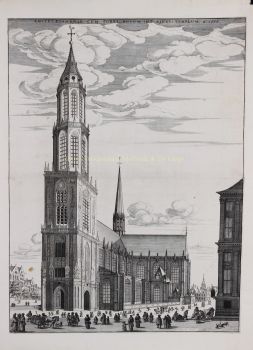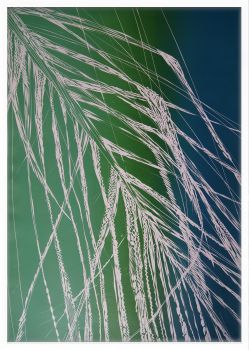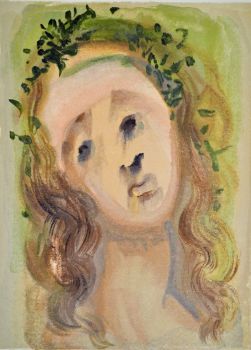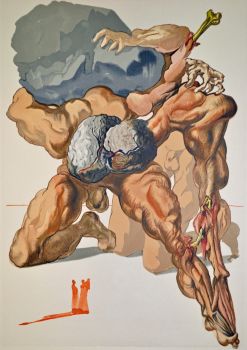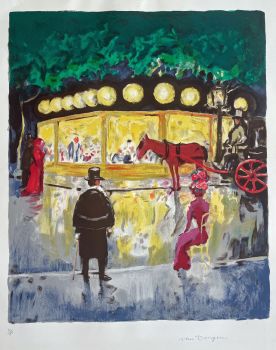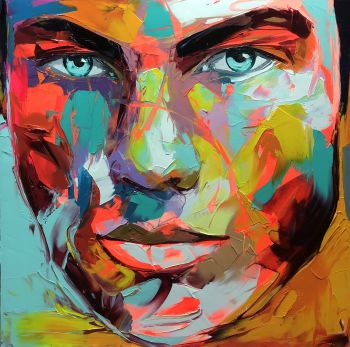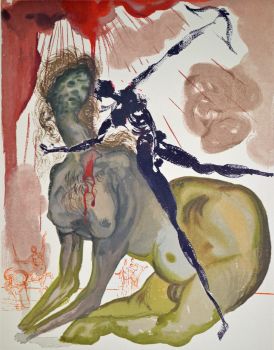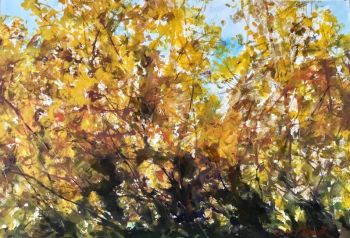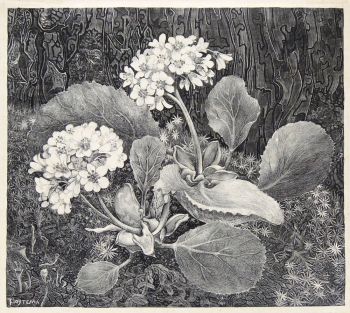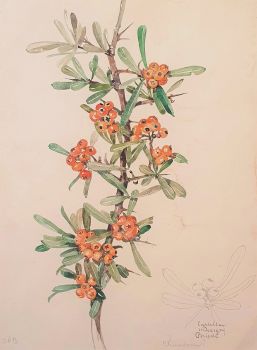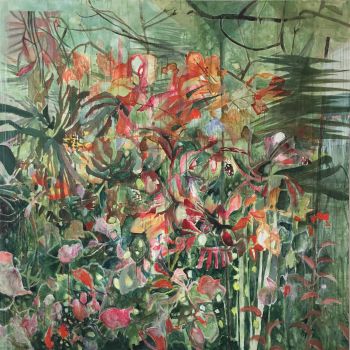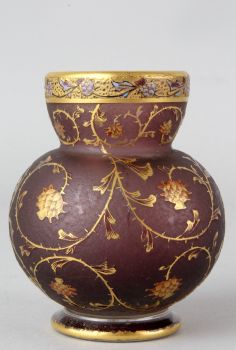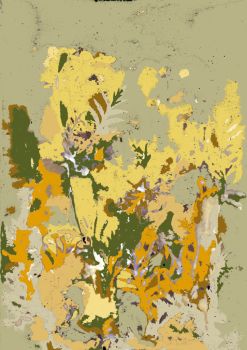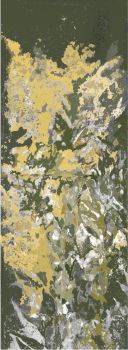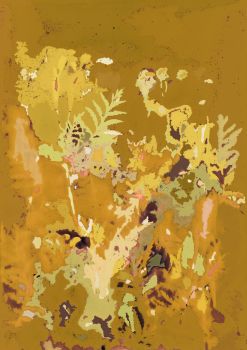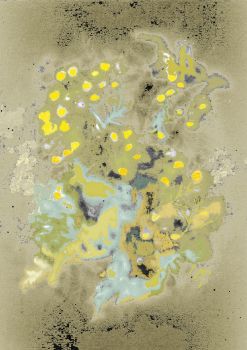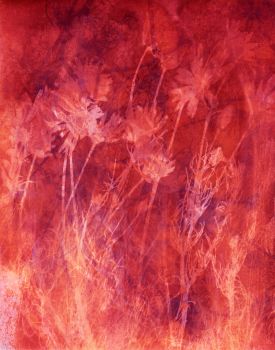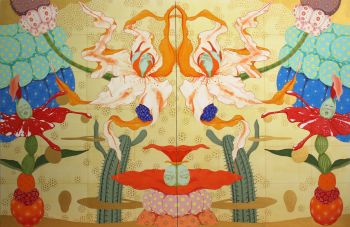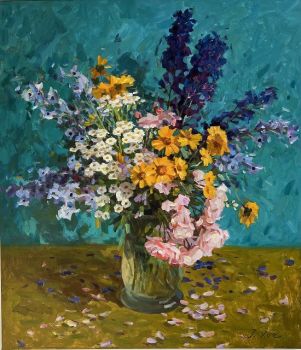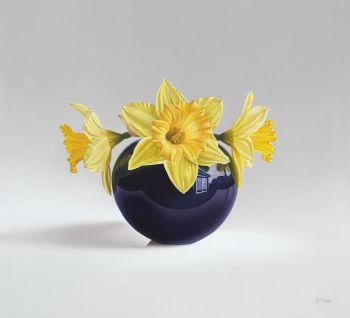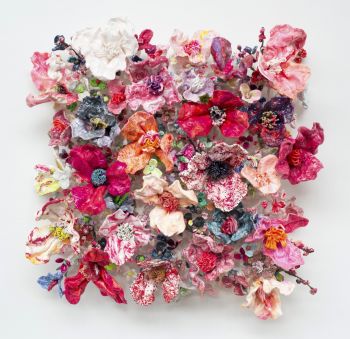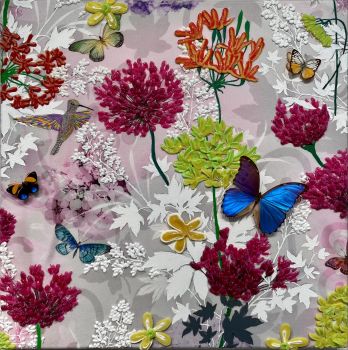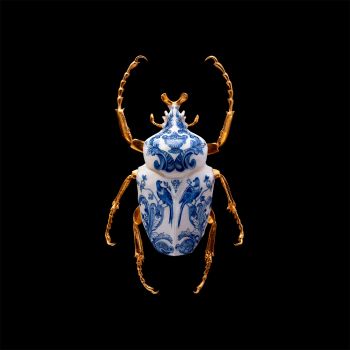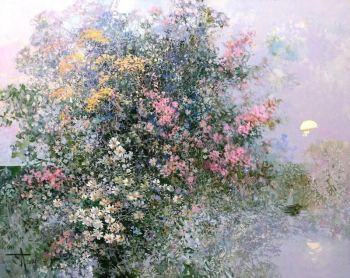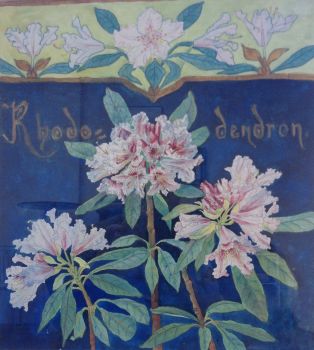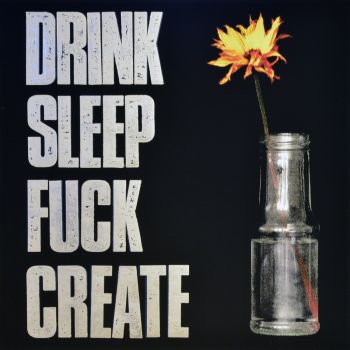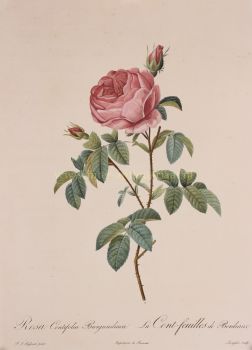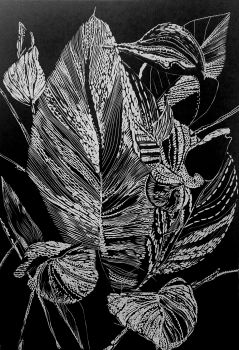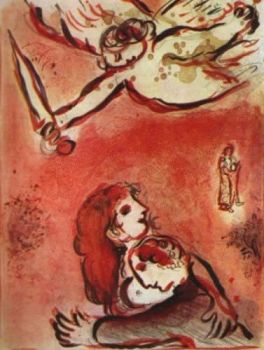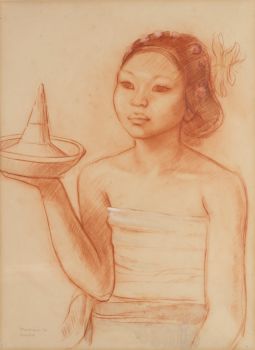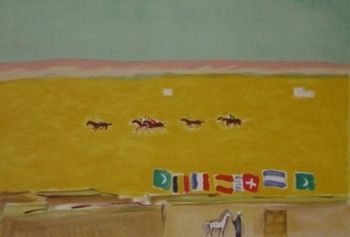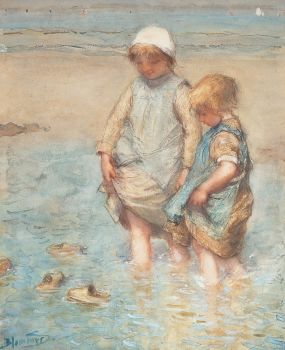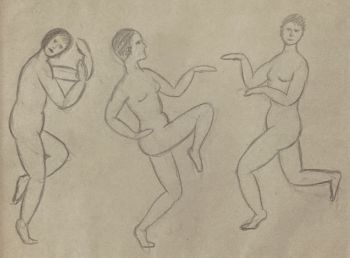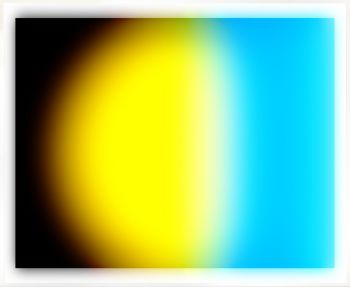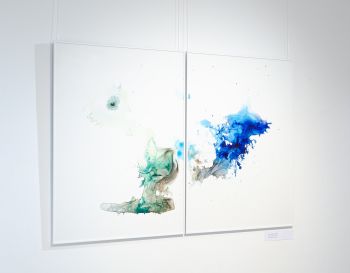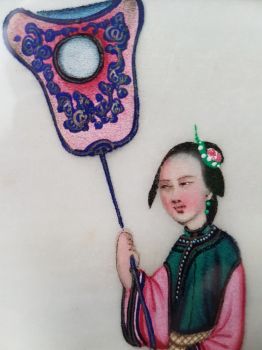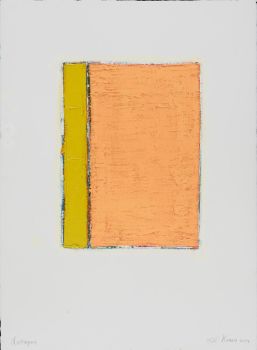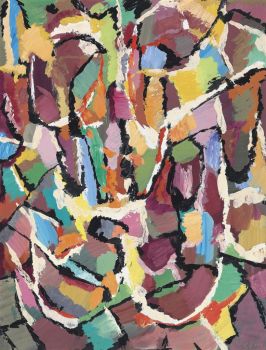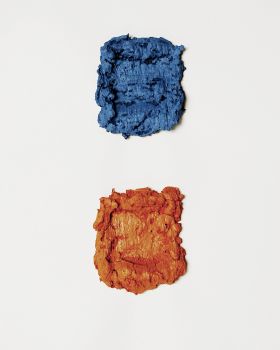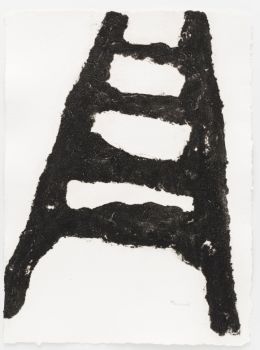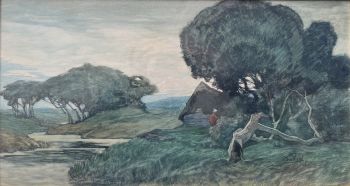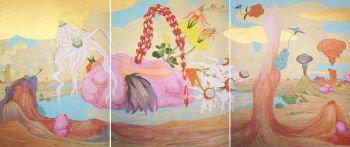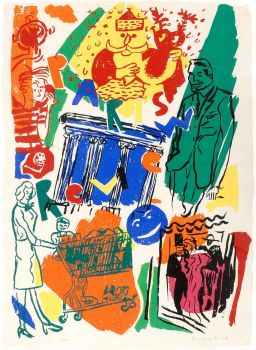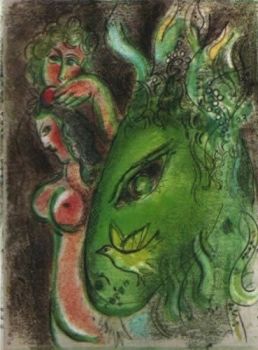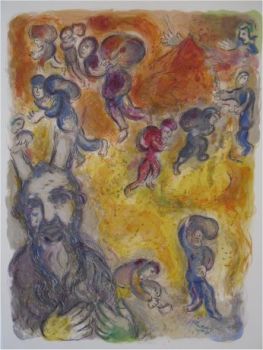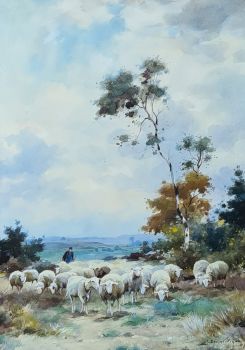Flower watercolour with moths, larvae and pupae, by the daughter of Maria Sibylla Merian 1700
Johanna Helena Herolt
PapierAquarelle
29 ⨯ 38 cm
Actuellement indisponible via Gallerease
- Sur l'oeuvre d'art[Watercolour of a wallflower and a double hyacinth, with inchworm moths, larvae and pupae].
[Amsterdam, ca. 1700]. Watercolour drawing (38 x 29 cm) on extremely fine white parchment, said to be uterine lamb, showing a wallflower and a double hyacinth with two inchworm moths in the air (2 different species) and two inchworms and two pupae on the leaves and flowers. Framed.
Characteristic original watercolour botanical drawing by Johanna Helena Herolt (1668-post 1721), the eldest daughter of Maria Sibylla Merian and Johann Andreas Graff. It shows a wallflower (Cheiranthus cheiri) and double hyacinth (Hyacinthus orientalis) with two inchworm moths (Geometriae) in the air, two inchworms and two pupae. She probably drew it in Amsterdam around 1700. Though she still remains in the shadow of her mother, she was a fine flower and insect artist in her own right and there is growing appreciation of her work. Her watercolours, more baroque than her mother's and often with brighter colours, radiate vigour and vivacity: the flowers, painted with intensity in every detail, really come to life.
Reitsma, p. 135, notes that the prices for the flower watercolours increased with the number of insects, so the present watercolour must have been unusually expensive. Most of Herolt's work is numbered and the present watercolour is numbered "145"[?] on the back. The published catalogues rarely note the numbers, but we understand the highest number known is 164.
Characteristic watercolour in fine state of preservation, with certificate of authenticity from Dr. S. Segal, Amsterdam. Herolt herself may have revised the upper part of the hyacinth.
Reitsma, Maria Sibylla Merian & dochters, ill. 110 (p. 147; a nearly identical drawing of the same wallflower specimen with 1 butterfly); Wettengl, Maria Sibylla Merian 1647-1717, kunstenares en natuuronderzoekster, no. 120 (ill. 44 on p. 85; a similar watercolour including the same wallflower specimen, with no insects). - Sur l'artisteSelon le RKD, elle était la fille aînée des peintres Maria Sibylla Merian et Johann Andreas Graff, et a appris à peindre avec sa sœur Dorothea Maria Graff.Bien qu'elle soit née à Francfort, en 1670, la famille a déménagé à Nuremberg, où elle a été élevée. En 1681, sa mère retourna à Francfort sans son père, afin de vivre avec sa mère après la mort de son beau-père Jacob Marrel. Bien que Johann Graff ait rejoint sa famille plus tard, en 1686, Merian a quitté son mari et a déménagé avec ses deux filles et sa mère dans une communauté religieuse de labadistes à Wieuwerd, en Frise. Johann Graff a fait diverses tentatives de réconciliation mais est finalement retourné en Allemagne. En 1691, les quatre femmes déménagent à Amsterdam, où elles installent un studio de peinture de fleurs et de sujets botaniques, poursuivant le travail de Merian sur "The Caterpillar Book". Johanna épousa le 28 juin 1692 le marchand Jacob Hendrik Herolt, également ex-labadiste. Ils eurent deux enfants et Johanna commença à assumer ses propres commandes, travaillant pour Agnes Block et l'Amsterdam Hortus comme sa mère. Johanna a déménagé avec son mari au Surinam en 1711 où elle est probablement décédée, quelque temps après 1723. Travaux [modifier] Une série numérotée de 49 dessins signés par Herolt sur vélin sont dans la collection du musée Herzog Anton Ulrich, à Brunswick. [2] Cette série a peut-être été commandée par la botaniste et collectionneuse mennonite Agnes Block. D'autres dessins d'Herolt se trouvent au British Museum. [2]
Artwork details
Catégorie
Sujet
Matériel & technique
Couleur
Related artworks
- 1 - 4 / 24
Samuel Dejong
Anatomia Blue Heritage, Goliath Beetle Closed2020
Prix sur demandeVilla del Arte Galleries
1 - 4 / 24Bernardus Johannes Blommers
SPELENDE VISSERSKINDEREN1845 - 1914
Prix sur demandeGalerie Het Noorderlicht
Herman Bogman jr.
Flower still life of a nasturtium in a blue vase1950 - 1965
Prix sur demandeAdelwein Kunst
Adrianus Johannes Groenewegen
Schaapsherder met kudde1874 - 1963
Prix sur demandeGalerie Het Noorderlicht
1 - 4 / 24

